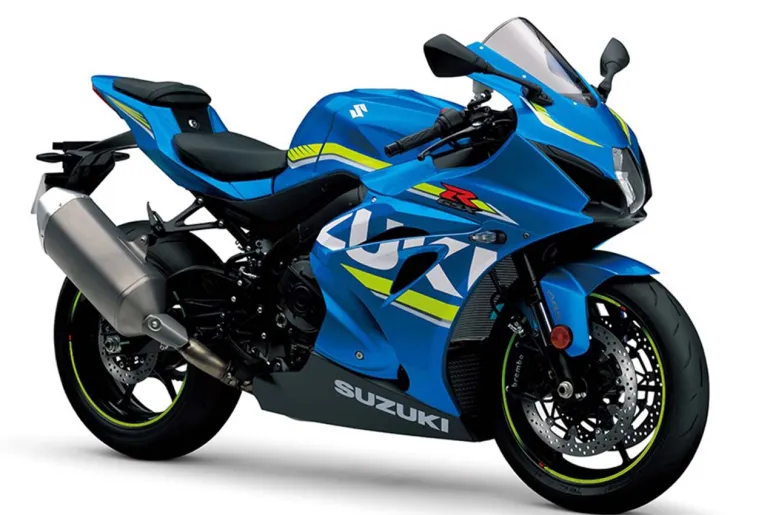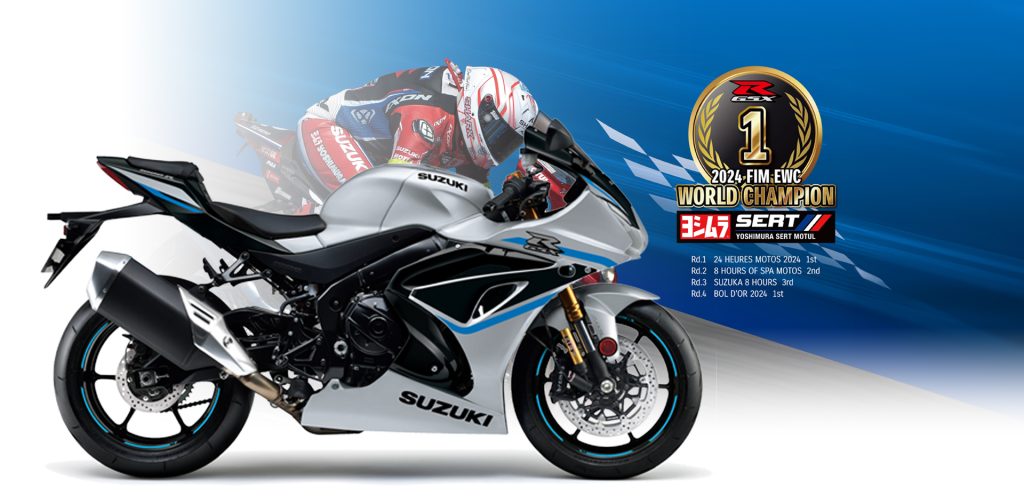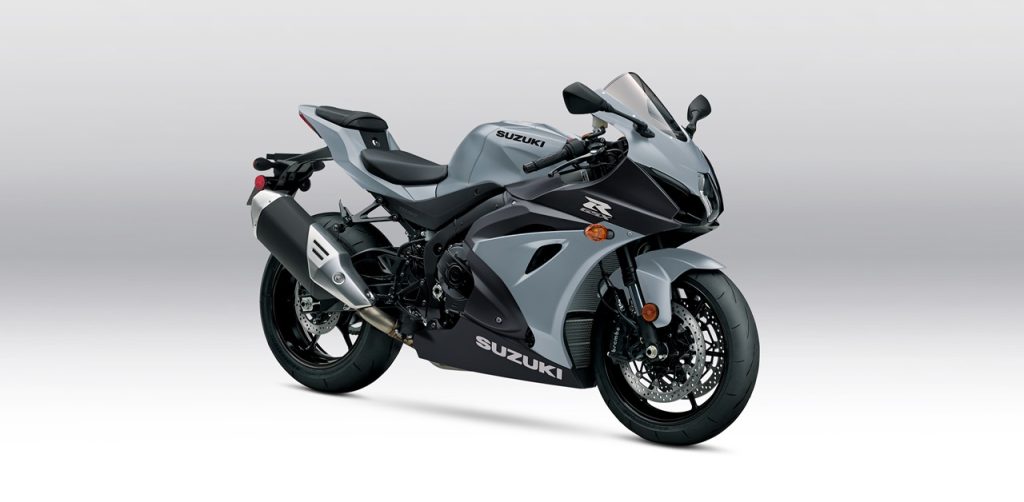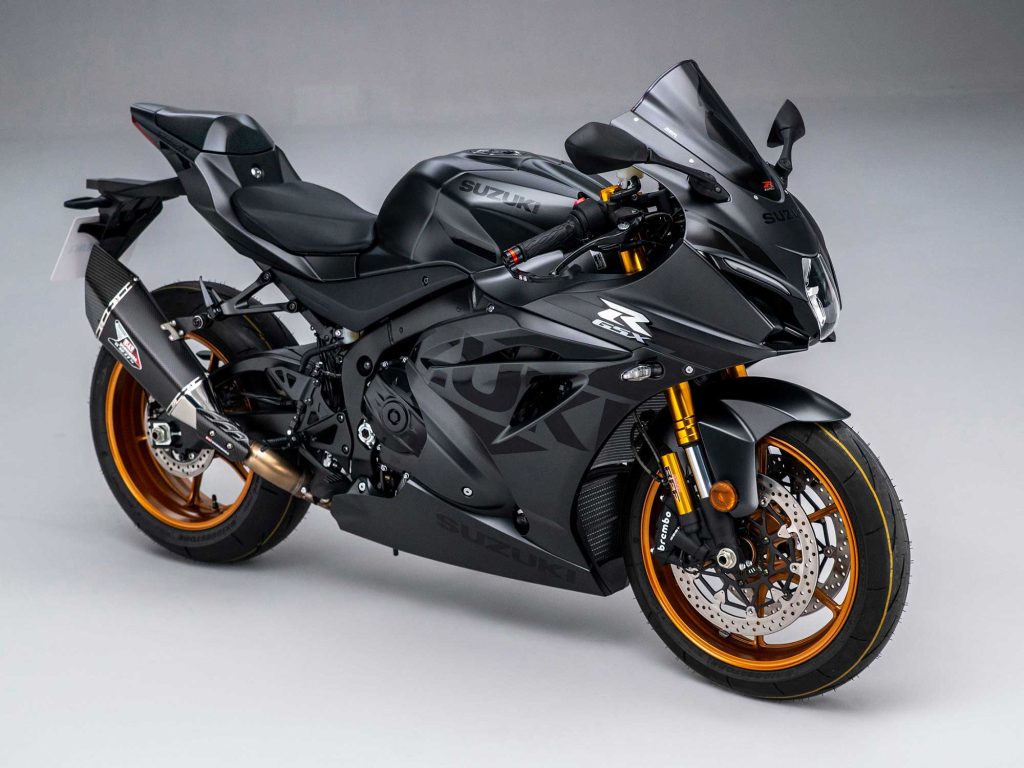Suzuki GSX-R1000: The Evolution of an Iconic Performance Bike
Introduction to the Suzuki GSX-R1000




The Suzuki GSX-R1000 is a legendary name in the world of superbikes, celebrated for its powerful engine, agility, and track-focused design. Since its debut in 2001, the GSX-R1000 has been a symbol of Suzuki’s commitment to performance and innovation. Designed with advanced technology, this superbike provides a balanced combination of speed, precision, and control, making it an enduring choice for track enthusiasts and sport bike lovers. In this article, we’ll explore the evolution, features, and performance aspects that make the GSX-R1000 a standout in the sport bike category.
Key Specifications of the Suzuki GSX-R1000
1. Engine and Performance
The GSX-R1000’s powerful 999.8cc engine is engineered to provide rapid acceleration and high-speed stability, making it a force on the track.
- Engine Type: 999.8cc inline-four, 4-stroke, DOHC
- Power Output: Approximately 199 HP at 13,200 RPM
- Torque: Around 118 Nm at 10,800 RPM
- Compression Ratio: 13.2:1
- Fuel System: Suzuki’s Dual Injector System (SDTV), with ride-by-wire throttle
Performance Insight: The GSX-R1000’s high-revving engine delivers a thrilling power band suited for intense track performance, while Suzuki’s Dual Injector System provides efficient fuel delivery for smoother acceleration and throttle response.
2. Chassis and Suspension
The aluminum twin-spar frame and carefully designed geometry give the GSX-R1000 a nimble feel, enhancing both high-speed stability and quick cornering.
- Front Suspension: 43mm Showa Big Piston Fork (BPF) with fully adjustable preload, compression, and rebound damping
- Rear Suspension: Showa Balance Free Rear Cushion (BFRC) shock with adjustable preload, compression, and rebound damping
- Brakes: Dual 320mm Brembo monoblock calipers in the front, single 220mm disc at the rear
- Wheelbase: 1,420 mm (55.9 inches)
- Seat Height: 825 mm (32.5 inches)
Advanced Suspension: The Showa BPF and BFRC shock are designed for precise damping control, providing stability during aggressive braking and sharp cornering.
3. Aerodynamics and Design
The GSX-R1000’s bodywork is crafted for both aesthetics and aerodynamics, allowing riders to maintain control and balance at high speeds.
- Winglets and Fairings: Integrated winglets increase downforce, improving stability during acceleration.
- LED Lighting: The bike features sleek LED headlights and taillights, enhancing visibility and complementing the GSX-R’s aggressive styling.
- Slim Profile: The compact, lightweight design aids in handling and reduces drag, providing a smoother, faster ride.
Track Performance and Handling of the Suzuki GSX-R1000
1. Speed and Acceleration
The GSX-R1000’s engine offers an impressive power output, allowing it to accelerate from 0 to 60 mph in around 2.7 seconds. With a top speed exceeding 186 mph (299 km/h), the GSX-R1000’s track performance is comparable to top-tier superbikes, providing a thrilling experience for speed enthusiasts.
2. Cornering and Agility
The GSX-R1000’s aluminum twin-spar frame and Showa suspension create a balanced ride that’s both stable and responsive. The suspension setup ensures precision in cornering, allowing riders to maintain control even at high lean angles.
Rider Feedback: Many riders highlight the GSX-R1000’s agility, noting that it feels well-balanced in corners and handles quick directional changes with ease, making it a strong choice for competitive track riding.
3. Braking Power and Control
The Brembo braking system provides powerful, consistent stopping ability essential for track racing. The dual front discs and rear disc offer predictable braking, with enough stopping power to handle high-speed situations.
Braking Insight: The bike’s cornering ABS adjusts braking force based on lean angle, preventing wheel lock-up and enhancing rider confidence, especially during hard braking.
Rider Reviews: Why the Suzuki GSX-R1000 Remains Popular
The Suzuki GSX-R1000 has earned a loyal following among sport bike enthusiasts for its performance, handling, and value. Here’s what riders love most about this superbike:
Pros
- Exceptional Track Performance: With a high-revving engine and balanced chassis, the GSX-R1000 performs well in both straight-line speed and cornering.
- Responsive Throttle and Power Delivery: The ride-by-wire throttle and dual injector system provide smooth, predictable power that’s easy to control.
- Precision Handling: The Showa suspension components and balanced frame geometry contribute to stable and responsive handling.
- Race-Ready Design: The aerodynamic bodywork and integrated winglets help keep the bike stable at high speeds, reflecting Suzuki’s attention to detail.
Cons
- Comfort for Street Riding: The GSX-R1000’s aggressive riding position may be uncomfortable for long-distance or street use, making it better suited for track riding.
- Heat Management: The high-performance engine generates noticeable heat, especially during low-speed or stop-and-go riding.
- Fewer Electronics Compared to Rivals: While the GSX-R1000 has advanced features, some riders feel that it lacks the comprehensive electronics packages found in some competing superbikes.
Essential Maintenance Tips for the Suzuki GSX-R1000
1. Regular Oil Changes and Engine Maintenance
The high-performance engine requires consistent oil changes to keep it running smoothly. Using fully synthetic oil as recommended by Suzuki will help support the GSX-R1000’s high-revving nature and prevent premature wear.
2. Suspension Adjustments
Adjust the Showa suspension to match your weight and riding style, especially if you frequently ride on the track. Proper suspension tuning enhances the bike’s balance and handling, making it more responsive.
3. Brake System Inspection
Given the importance of the Brembo brakes, inspect the brake pads, fluid levels, and disc condition regularly. Replace brake pads as needed to maintain consistent stopping power.
4. Tire Care and Selection
Select tires suited to the GSX-R1000’s performance capabilities, such as sport-oriented or track tires. Regularly checking tire pressure and tread depth will ensure optimal grip and handling, especially during high-speed maneuvers.
The Evolution of the Suzuki GSX-R1000
The GSX-R1000 has seen various upgrades since its introduction, each generation bringing more power, advanced technology, and refined handling. Here’s a quick look at some key improvements over the years:
- 2001: The GSX-R1000 debuts with a powerful inline-four engine, setting a new standard for Suzuki superbikes.
- 2005-2006: Updated frame geometry and increased power output improve handling and acceleration.
- 2009: Introduction of lighter materials and improved suspension components for better track performance.
- 2017: Major overhaul with increased power, an advanced electronics package, and aerodynamic enhancements that continue to define the modern GSX-R1000.
Conclusion: Suzuki GSX-R1000 – A Legacy of Speed and Precision
The Suzuki GSX-R1000 has maintained its reputation as a top-tier superbike, combining raw power, precision handling, and a race-ready design. With a high-revving engine, advanced suspension, and aerodynamic bodywork, the GSX-R1000 is built for riders who seek thrilling performance on the track and agile handling on the street. While its aggressive stance and limited electronics may appeal more to purists and track enthusiasts, the GSX-R1000’s commitment to performance remains unmatched.
For those who value speed, agility, and Suzuki’s legendary engineering, the GSX-R1000 continues to be an iconic choice in the world of superbikes.



